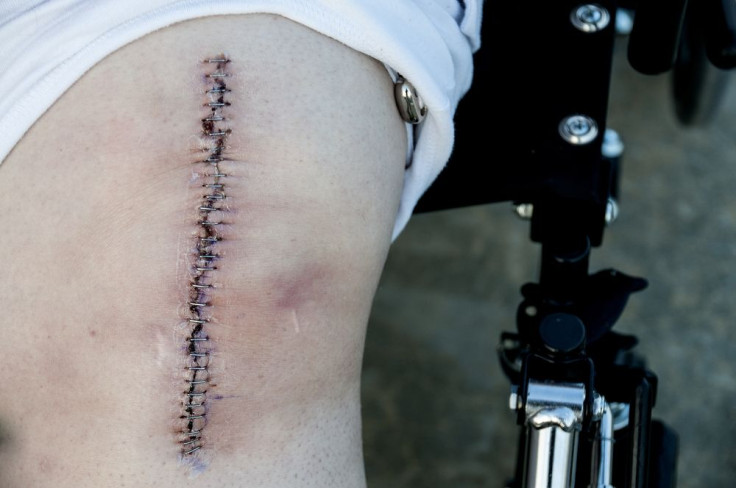Preterm, Low Birthweight Babies Likely To Develop Osteoarthritis, Need Hip, Knee Replacements As Adults

There are over 450,000 babies born prematurely every year, accounting for one in every nine births, according to the Centers for Disease Control and Prevention (CDC). Each one of these kids born before 37 weeks of pregnancy risks some kind of developmental defect, as their bodies go through some of the most important processes in the third trimester. A new study now finds that one of these defects may be bone abnormalities, forcing them to undergo some sort of correctional procedure later on in life.
After rising for over two decades, the rate of preterm birth in the U.S. peaked in 2006, at 12.8 percent. Since then, it’s been on a slow, but steady, decline. However, it’s still the highest rate among all industrialized nations, and children are suffering as a result.
The latest study, from Australian researchers, found that children born prematurely were at a higher risk of osteoarthritis (OA) in the knees and hips. And rather than living with throbbing pain, stiffness, and swelling, many of these people went on to have their joints replaced. With the condition affecting an estimated 27 million American adults aged 25 and up, and worldwide rates increasing 64 percent since 1990, it’s obvious that preterm births have increased along with complications, and consequences, like these — at least partially.
The study looked at data on 3,604 people who participated in the Australian Diabetes, Obesity, and Lifestyle study, and who were 40 years old or older at the time. The researchers looked at data regarding their birth weight; whether they were born prematurely, and rates of knee or hip replacement surgeries. Though only 116 people underwent knee replacements and 75 underwent hip replacements, those who were lighter at birth or born earlier were more likely to get the procedures.
Though lead researcher Flavia Cicuttini said that “further investigation is needed to confirm these findings” in a press release, previous research has found that premature babies have lower bone mass as early as infancy. This also translates into less durable cartilage, which is supposed to cushion bones at the joint, helping them to work properly.
The key to reducing preterm births and their subsequent effects is simply to avoid medically unnecessary procedures, such as induction and C-sections. Natural births should be the standard, and they should occur at full-term, which is considered 39 to 40 weeks of pregnancy, according to the American College of Obstetricians and Gynecologist’s most recent guidelines. So, what about that 37th and 38th week? Although birth at this time is generally considered OK (hey, it’s better than preterm), it’s at full-term that a baby is believed to do their best with regard to health.
Source: Cicuttini F, Hussain S, Wang Y, et al. Association of Low Birth Weight and Preterm Birth with the Incidence Of Knee and Hip Arthroplasty for Osteoarthritis. Arthritis Care & Research. 2014.



























